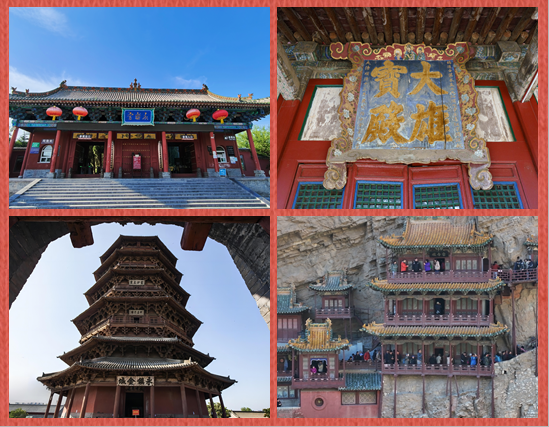Shanxi: A museum of cultural heritage
Updated: 2023-09-19
Zhang Yuancheng, curator of Shanxi Museum, introduced the rich historical heritage and the construction of museum cities in North China's Shanxi province, at the 2023 Beijing Culture Forum on Sept 15.
Shanxi has 53,875 immovable cultural relics, ranking fourth in the country, 531 key cultural relics sites under national protection, ranking first nationwide, and 28,027 ancient structures, accounting for about one-tenth of the country's total.
In addition, more than 80 percent of the country's existing wooden ancient buildings from the Yuan Dynasty (1271-1368) and earlier are located in Shanxi. All three remaining wooden ancient buildings from the Tang Dynasty (618-907) in China can be found in the province.
The province is home to over 12,000 painted sculptures and more than 50,000 square meters of murals since the Tang Dynasty, ranking first nationwide. It boasts more than 2,800 ancient opera stages, the most in the country, as well as 17,775 sites of ancient relics and tombs.
In recent years, Shanxi has attached great importance to the protection and inheritance of its historical and cultural heritage. Various policy measures have been introduced, including the development of a provincial museum system with Shanxi Museum as the leader, municipal museums as the backbone, county-level special museums as the support, and non-State-owned museums playing a supplemental role.
It has specified that iconic themed museums showcasing the Yellow River culture, ancient architecture, murals, and traditional Chinese opera should be established to make full use of the province's cultural resources. The construction of museum cities has been fully supported in cities including Taiyuan, Datong, Jincheng, and Linfen.
Currently, there are 217 registered museums in Shanxi, including 142 State-owned public museums and 75 non-State-owned museums. These museums and memorial halls have been showcasing the charm of traditional Chinese culture through rich thematic exhibitions, and high quality cultural services, allowing the public to share in the achievements of cultural heritage protection.



